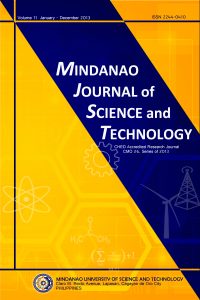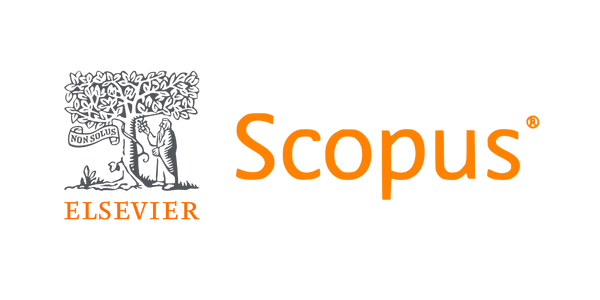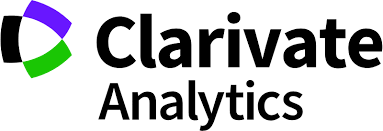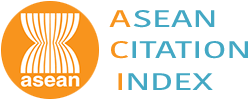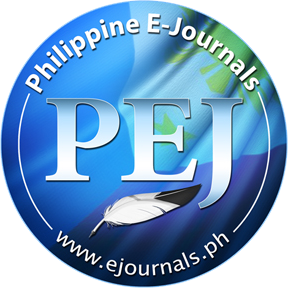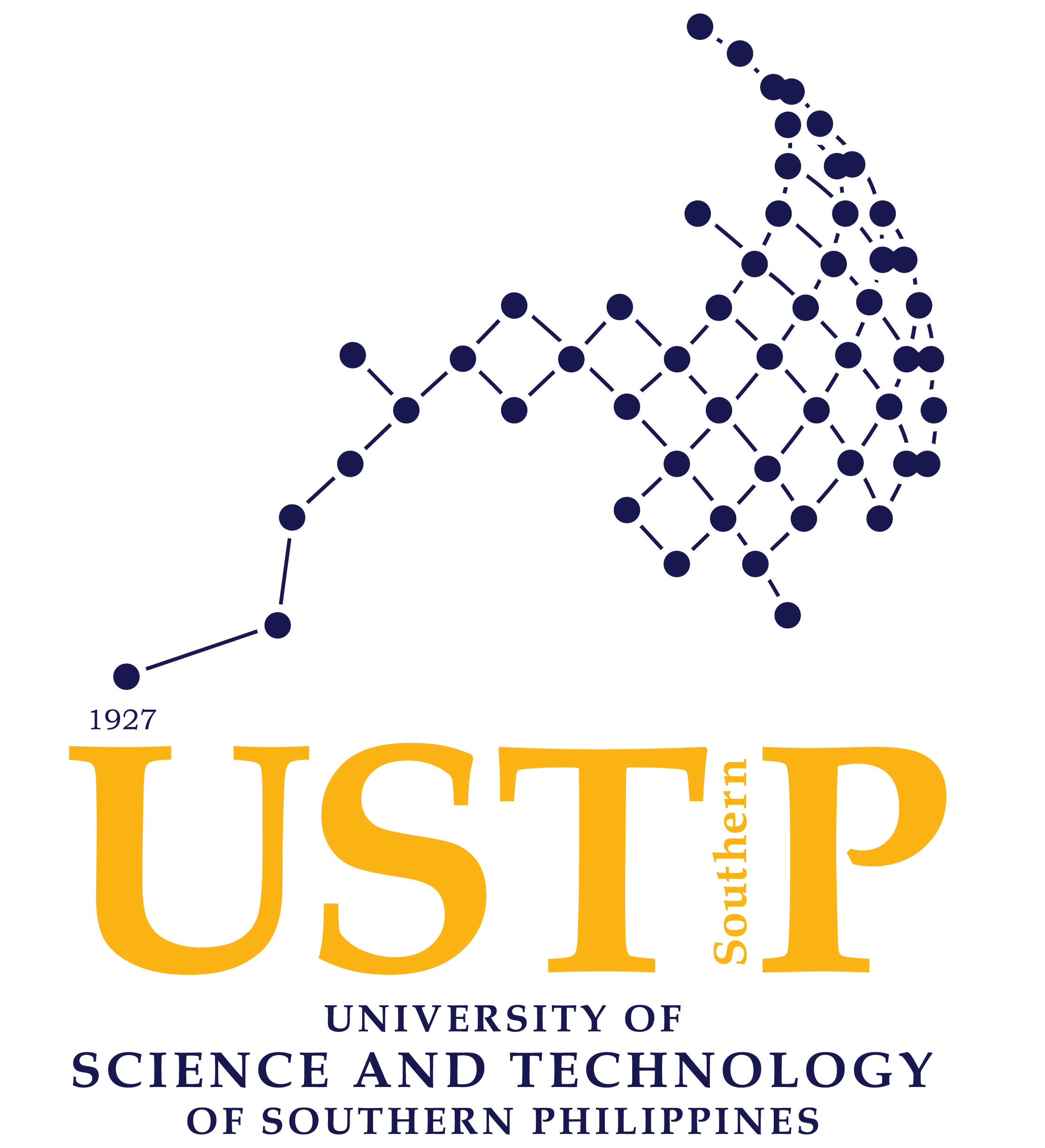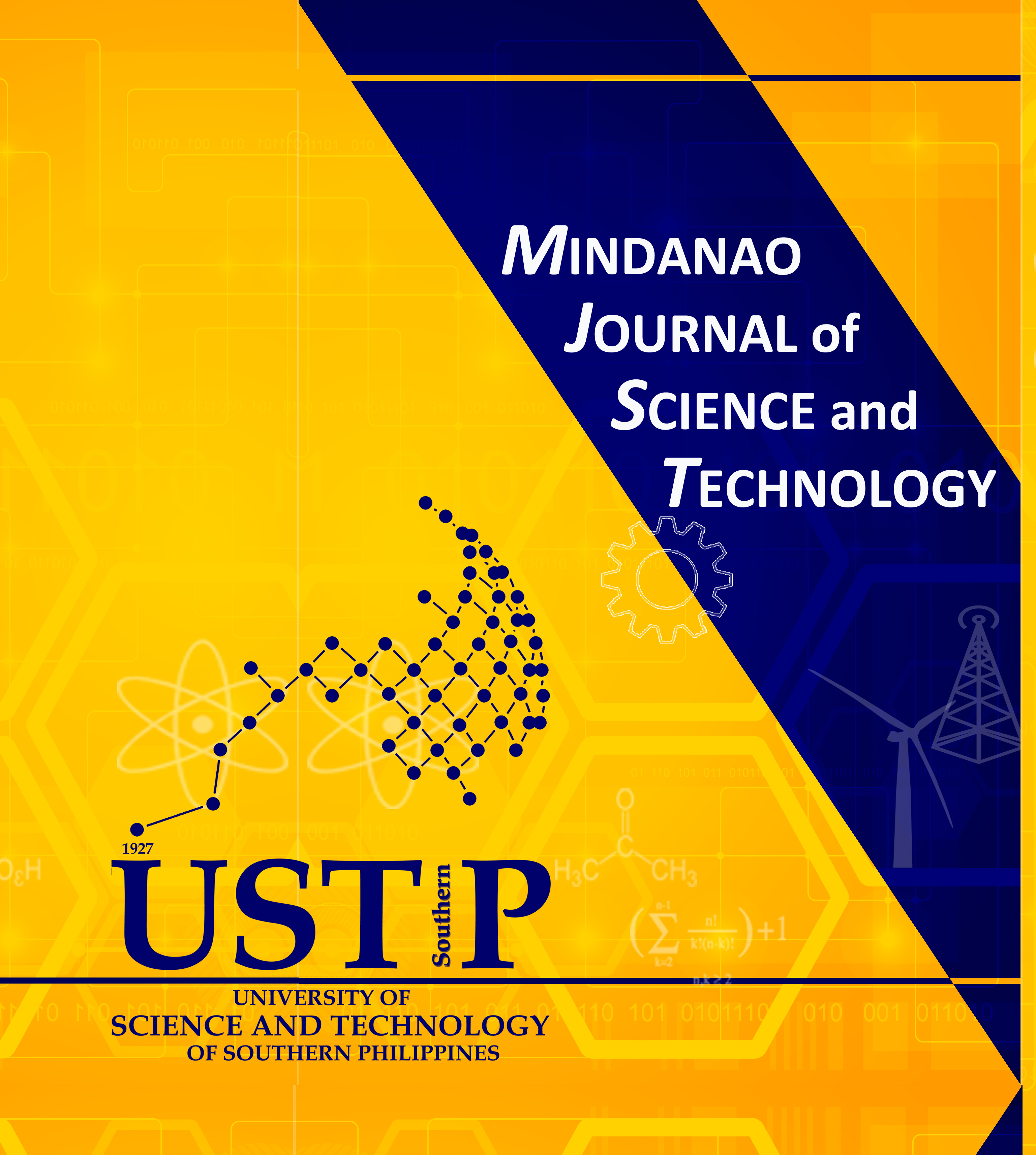Mining Industry in Northern Mindanao: Its Environmental, Social and Health Impact Toward Responsible Mining
Keywords:
small-scale mining, responsible mining, Northern MindanaoAbstract
The study focused on analyzing the entire dynamics of small-scale mining in Northern Mindanao by looking at the impact of mining on the community in terms of environmental, socio-cultural, economics, production-market flow and health toward responsible mining. The survey was conducted through a survey and ocular visit in the mining sites namely: (1) Gango, Libona, Bukidnon, (2) Barangay Tumpagon and (3) Barangay Pigsag-an in Cagayan de Oro City, (4) Nangcaon, Opol, Misamis Oriental, and (5) Rogongon, Iligan City, and had a total of 1,405 respondents who were involved in mining and 60 key informants (barangay officials) who participated in the discussion during the FGD. Results of the survey indicated that mining is the main source of income among the respondents from the five mining areas. In a specific mining site of Gango, drift mining with tunneling system or underground mining is more appropriate and preferred to this kind of mining area. The other four mining sites engage in gold panning activities due to its location along the Iponan River. ANOVA results revealed that gold production differed significantly with respect to the mining sites. Regression analysis showed the method of mining is the most important predictor that contributed significantly to gold production with the highest gold value of 24 karats. In the aspect of health, most miners from the five selected areas are aware of the health risks and hazards associated with mining. Most of them have experienced fracture, exacerbate shoulders, and fatigue. Moreover, environmental impacts commonly mentioned by the respondents were landslide, flash floods, soil erosion, biodiversity loss, loss of organic fertility and soil-water contamination.

